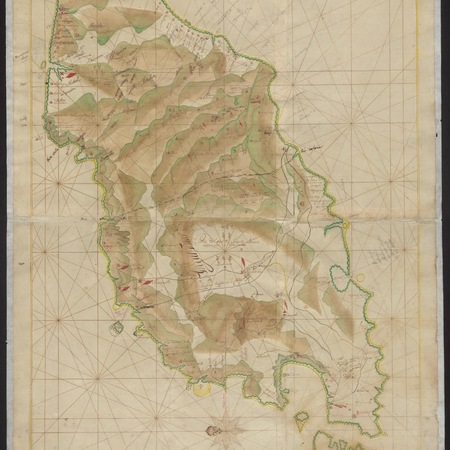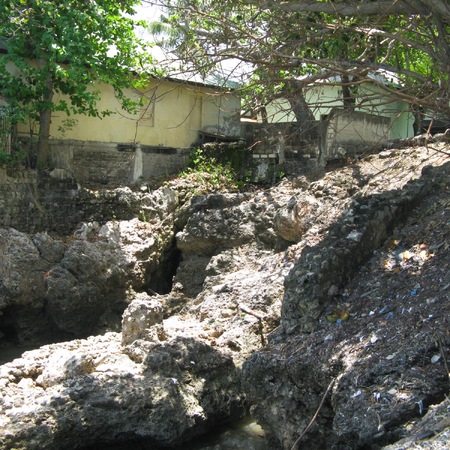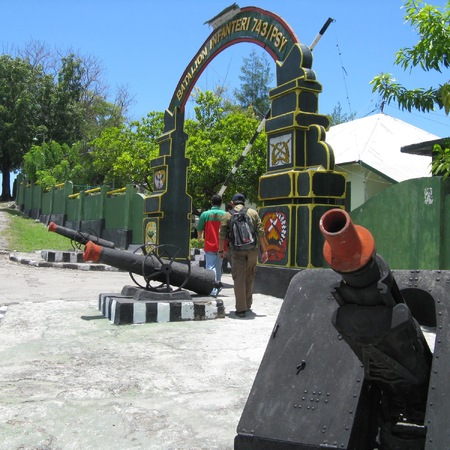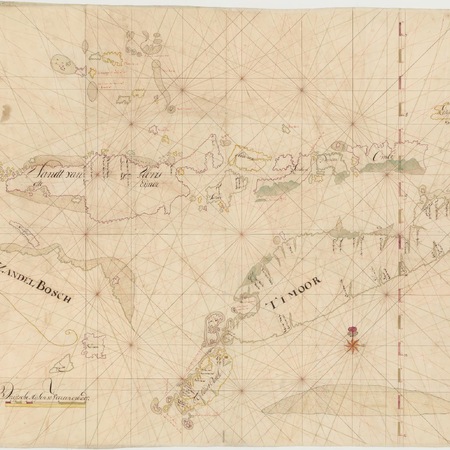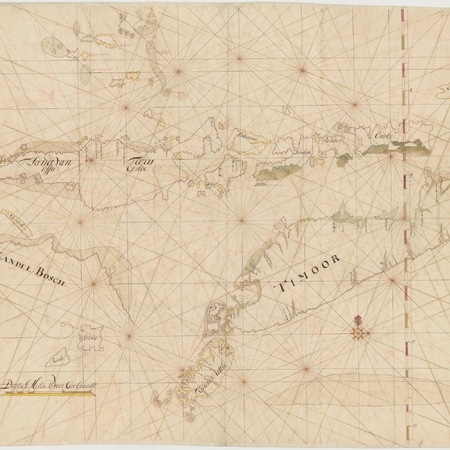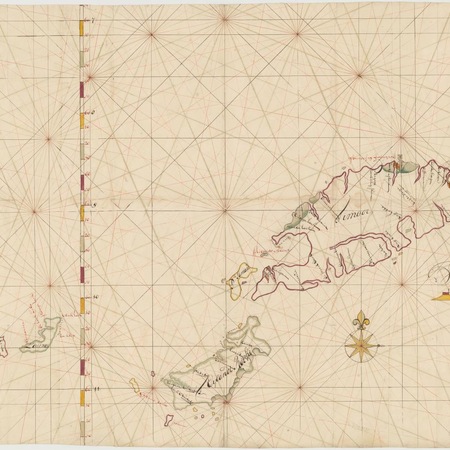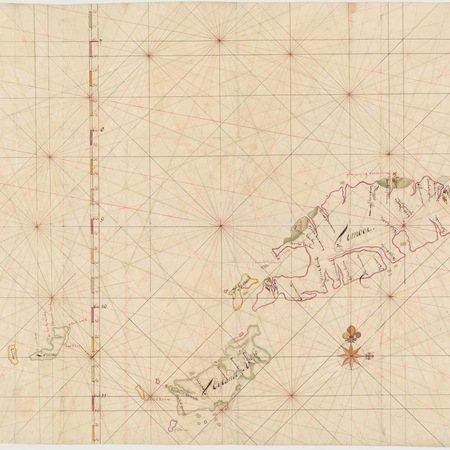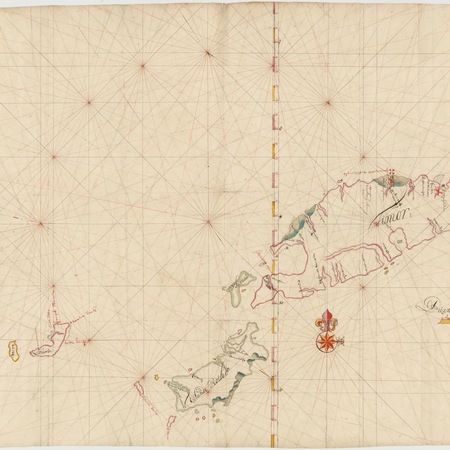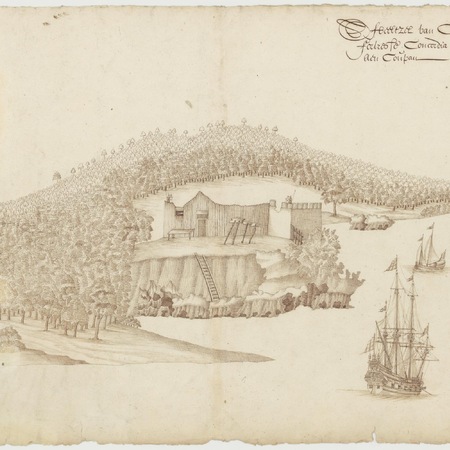The precious and aromatic sandalwood grew only on the islands Timor and Solor. The Dutch occupied in 1613 the Portuguese fort on Solor, which as fort Henricus became their base in this part of the Indonesian archipelago The fort was according to the economic and political situation occupied or temporary abandoned. The Portuguese had their base in Larentuka on Timor.
The VOC traded directly from its ships with the local population on Timor. In 1653 captain Johannes Burgers and chief merchant Hendrick Ter Horst build a wooden fort in Kupang on Timor. After the small fort which has an encircling wall of 4 m high was completed, captain Burgers left provisions, ammunition, 28 soldiers and six sailors with a small boat and left for Batavia. The fort was afterwards protected by stone wall and with mantraps before the wall Fort Concordia was used to protect the trade and the local tribes (Sonnebaye and Amabi people) of the western part of Timor against the Portuguese . The fort became the nucleus of a small settlement
In 1656 the Dutch and their Timorese allies suffered a crushing defeat in the battle of Mello mountain against the Pro-Portuguese tribes. Since that moment Timor was divided in a small western part around Kupang and a bigger Portuguese eastern part of the island
this formed the basis of the division of the island which in some form has persisted to this day.
The high costs of having two forts in the same area were not compensated by the revenues of the other trade. Batavia decided to abandon Fort Henricus on Solor in 1657. The trade in sandalwood had completely declined and the trade in other local products was unimportant. The VOC lost her interest in the area. The garrison in Kupang served only political interest and the protection of the spice monopoly.
The site of the fort has always been a military camp. The fort has been demolished and replaced by barracks of the KNIL and afterwards of the Indonesian army. The only remains of fort Concordia are foundation walls and gravestones
